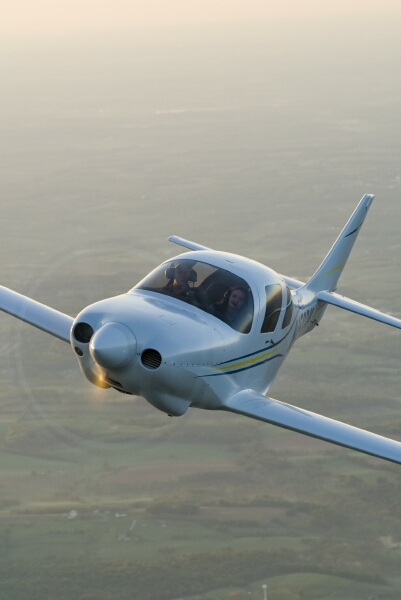The Lancair experimental aircraft: beautiful, fast and having what the FAA calls a “disproportionate” number of fatal accidents. There have been 7 fatals since February including the most recent, which occurred this week. Here are some preliminary FAA statistics running from October of last year:
Lancairs make up just over 3% of the amateur built ( AB) fleet yet have over 10% of the fatal AB accidents. Keep in mind, however, that they also tend to fly significantly more than the typical AB local flights. These are cross country machines.
Over half the Lancair accidents in this small sample were fatal while the rest of the AB fleet is just slightly above the overall GA fleet fatal accident ratio of 1 fatal mishap for every 5 accidents. Here’s what’s interesting – unlike the typical high performance aircraft that have fatal weather encounters, the Lancairs are generally in VFR conditions and involve loss of control – i.e a stall/spin.
A couple of observations: High performance aircraft may be squirrelly in stalls but not always. The certificated Columbia ( now Cessna) 350/400, which has ties to the Lancair early in its history, has a good stall/spin safety record. “Experimental” means that aircraft handling is left up to the designer and the extent of flight testing is entirely at the designer’s discretion. It may be very thorough or not. Factory built aircraft must meet specific construction and performance standards and are FAA tested for compliance. That’s one of the reasons for the cost differential.
There may also be variability in the building process. The designer suggests that it be built this way and the builder thinks he has a better idea or just isn’t adept at putting the machine together.
A few aerodynamic realities: Small wings and big engines make for very fast aircraft with high wing loadings and glide ratios not much better than the proverbial brick. If the engine stops for whatever reason, the crash dynamics are often not very good.
I believe that pilots should be able to build and fly their own aircraft. Extra training is one way to compensate, although not always successfully, with “hot” aircraft. There’s lots of history on that. Comparative statistics on any aircraft model’s safety are complex until you’ve accumulated enough accidents to say there’s a problem – the hindsight approach – and the denominator (exposure) factor is always squishy. Government crash testing, as done on automobiles, just doesn’t seem feasible for aircraft.
Your thoughts?




